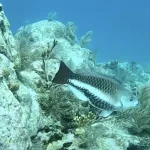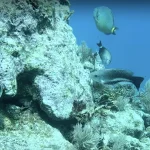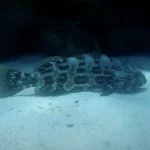Table of Contents
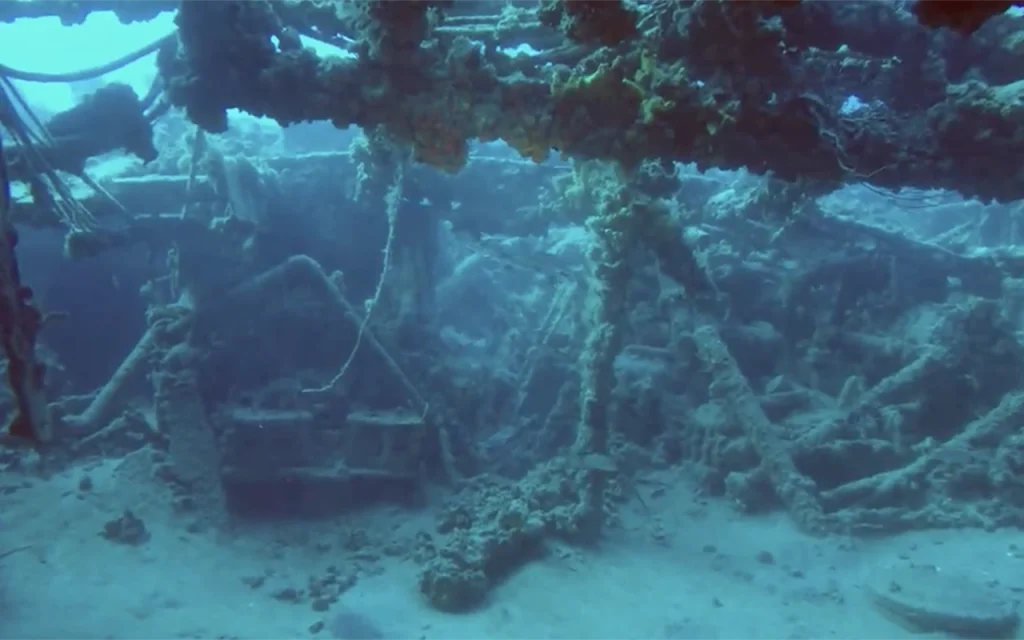
The Mizpah’s journey from luxury yacht to naval vessel and finally to a popular dive site highlights its historical significance and enduring legacy.
Article at a Glance
- Historical Significance: Originally a luxury yacht built in 1926, the Mizpah served as a naval patrol vessel during World War II before being scuttled in 1968 to create an artificial reef.
- Location and Depth: The wreck is located off the coast of Palm Beach, Florida, with coordinates approximately 26° 47′ 11″ N and 80° 0′ 58″ W, lying at a depth of 63 to 90 feet.
- Unique Diving Experience: The Mizpah is part of the Palm Beach Wreck Trek, allowing divers to explore multiple wrecks in one trip. It is known for its vibrant marine life, including Goliath groupers and various schooling fish.
- Marine Life: Divers can expect to see a rich array of marine species, including barracudas, blue runners, and encrusting corals and sponges that contribute to the underwater ecosystem.
- Safety Measures: Advanced diving skills are recommended due to strong currents. Divers should avoid wreck penetration and use proper equipment, including alternate air sources and wreck reels.
- Dive Shops: Several dive shops offer trips to the Mizpah, including Kyalami Scuba Club and the Palm Beach County Diving Association, providing guided experiences and equipment rentals.
- Exploration Opportunities: While much of the Mizpah’s structure has collapsed, key features like the bow section remain accessible, allowing divers to appreciate the ship’s historical context and its transformation into a vibrant artificial reef.
Shipwreck Location Coordinates and Depth
Depth
The wreck sits at a depth of about 80 feet (24 meters).
Location Coordinates
The coordinates for the Mizpah are approximately 26° 47′ 11″ N latitude and 80° 0′ 58″ W longitude.
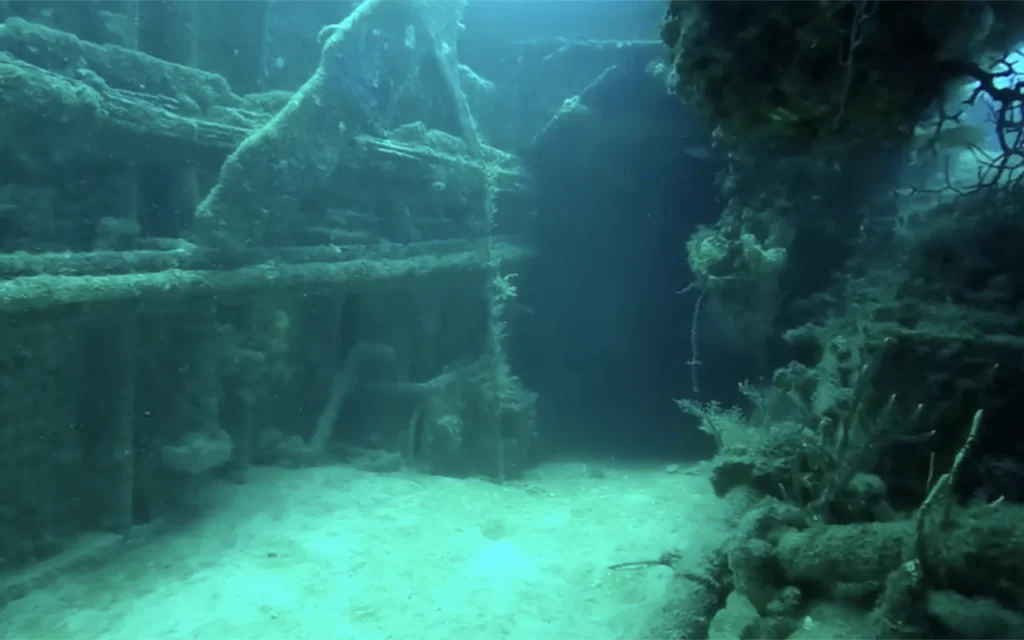
What Do Scuba Divers Say About This Ship
- Historical Significance and Dive Experience: The Mizpah, a 185-foot steel-hull luxury yacht built in 1926, is one of the oldest artificial reefs off the Palm Beach Coast, having been sunk in 1968. Divers often explore it along with the nearby PC-1174 wreck. Although the Mizpah has suffered from tropical storm activity, resulting in a flattened structure, it remains an intriguing dive site. The wreck is partially penetrable near the former bow, and divers often encounter resident Goliath groupers, including a notable one named Braveheart.
- Marine Life and Conditions: The Mizpah is home to a diverse array of marine life, including schooling jacks, blue runner, mackerel scad, spadefish, and barracudas. The wreck is covered in corals and sponges, creating a vibrant underwater environment. The site is known for its strong currents, which can vary in speed, making it essential for divers to practice “live boating” techniques. The Gulf Stream can bring clear waters, enhancing visibility during dives.
- Diving Challenges and Attractions: The Mizpah is a popular dive site due to its historical significance and the abundance of marine life. Divers appreciate the opportunity to see large Goliath groupers, especially during their spawning aggregation. The dive can be challenging due to the currents, but it is considered rewarding for those interested in both the history and the underwater ecosystem.
What Kind of Marine Life Can Be Found on The Ship
- Goliath Groupers: The Mizpah is a well-known site for the annual aggregation of Goliath groupers, especially during their spawning season. These large fish are a significant attraction for divers.
- Schooling Fish: The wreck is surrounded by clouds of fish life, including schooling jacks, blue runner, mackerel scad, and spadefish. These fish contribute to the vibrant underwater environment.
- Barracudas: Divers often spot hefty barracudas, which can reach up to four feet in length, patrolling the area around the wreck.
- Corals and Sponges: The structure of the Mizpah is encrusted with a rich carpet of corals and sponges, providing a colorful backdrop for the marine life that inhabits the wreck.
Key Information
| Key Information | Details |
|---|---|
| Wreck Name | Mizpah |
| Location | Palm Beach, Florida |
| Coordinates | 26° 47′ 11″ N, 80° 0′ 58″ W |
| Depth | 63 to 90 feet |
| Year Sunk | 1968 |
| Original Use | Luxury yacht, later converted to a naval patrol craft |
| Current Condition | Flattened structure with some areas accessible for diving |
| Marine Life | Goliath groupers, barracudas, various schooling fish |
| Diving Skill Level | Recommended for advanced divers |
| Dive Shops | Kyalami Scuba Club, Palm Beach County Diving Association |
| Safety Considerations | Strong currents, avoid wreck penetration |
What Makes The Mizpah a Unique Diving Experience
- Historical Significance: Originally a 185-foot steel-hull luxury yacht built in 1926, the Mizpah is the oldest artificial reef off the Palm Beach Coast, having been sunk in 1968. Its transformation from a luxury vessel to a shipwreck adds a layer of historical intrigue for divers.
- Diving Conditions: The Mizpah is located near the Gulf Stream, which results in variable currents that can range from mild to strong. This makes the dive both challenging and exciting, as divers often practice “live boating,” where they are dropped up-current and drift into the wreck. On clear days, the bright blue waters allow divers to see much of the wreck’s profile as they approach.
- Marine Life: The wreck is home to a rich array of marine life, including schooling jacks, blue runner, mackerel scad, spadefish, and barracudas. It is also a site for Goliath grouper aggregation, particularly during their spawning season, making it an attractive spot for observing large marine species.
- Wreck Exploration: Although the Mizpah has been flattened by storms, it still offers opportunities for exploration. Divers can partially penetrate the wreck near the former bow, and the site is part of a corridor that includes other wrecks like the PC-1174, adding to the complexity and interest of the dive.
How Does The Mizpah Compare to Other Shipwrecks in Florida
- Historical Significance: The Mizpah is the oldest artificial reef off the Palm Beach Coast, having been sunk in 1968. Originally a luxury yacht built in 1926, it has a rich history that adds to its allure as a dive site.
- Wreck Configuration: Unlike some other wrecks that remain largely intact, the Mizpah has been flattened by storms over the years. This has resulted in a more open structure, with only partial penetration possible near the bow. This contrasts with other sites like the Zion Train in Jupiter, which has broken apart but still offers a more dramatic profile.
- Proximity to Other Wrecks: The Mizpah is part of the Palm Beach Wreck Trek, a series of wrecks that can be explored in a single dive due to their close proximity. This includes the PC-1174 and the Amaryllis, among others, allowing divers to experience multiple wrecks in one dive session.
- Marine Life: The Mizpah is known for its vibrant marine life, including Goliath groupers, schooling jacks, and barracudas. This is similar to other sites like the Jupiter Wreck Trek, which also attracts large fish populations, including sharks during certain seasons.
- Diving Conditions: The Mizpah is influenced by the Gulf Stream, which can create varying currents, making the dive both challenging and exciting. This is a common feature of many wrecks along the Palm Beach coast, where currents are used to facilitate drift dives.
What is The Full History of This Ship
Construction and Early Years
- Built in 1926: The Mizpah was originally constructed as the luxury yacht Savarona by Newport News Shipbuilding & Drydock Co. for James Elverson, Jr., owner of the Philadelphia Inquirer. It was a 185-foot steel-hull yacht with a cruising range of 7,000 miles, costing $1.3 million to build.
- Ownership Changes: After Elverson’s death in 1929, the yacht was purchased by Eugene F. McDonald, Jr., President of the Zenith Radio Corporation, who renamed it Mizpah. It became the largest pleasure boat on the Great Lakes and was used for various adventures, including polar expeditions and treasure hunts.
World War II Service
- Naval Conversion: In 1942, McDonald turned the Mizpah over to the U.S. Navy for war service. It was converted into a patrol craft and commissioned as the USS Mizpah (PY-29) on October 26, 1942. The yacht served as an anti-submarine ship escort during World War II, ensuring the safety of convoys between New York and Key West.
Post-War Years
- Commercial Use: After the war, the Mizpah was sold to H.O. Merren and Company of Roatan, Honduras, likely serving as a coastal freighter. It eventually ended up in Tampa with mechanical issues, becoming derelict and destined for scrap.
Transformation into an Artificial Reef
- Donation and Scuttling: In 1967, Eugene Kinney, McDonald’s nephew, purchased the Mizpah and donated it to the U.S. Army Corps of Engineers. It was scuttled off Palm Beach on April 8, 1968, to serve as an artificial reef for marine science studies. The wreck now lies in 90 feet of water, part of a corridor of wrecks that includes the PC-1174 and the Amaryllis.
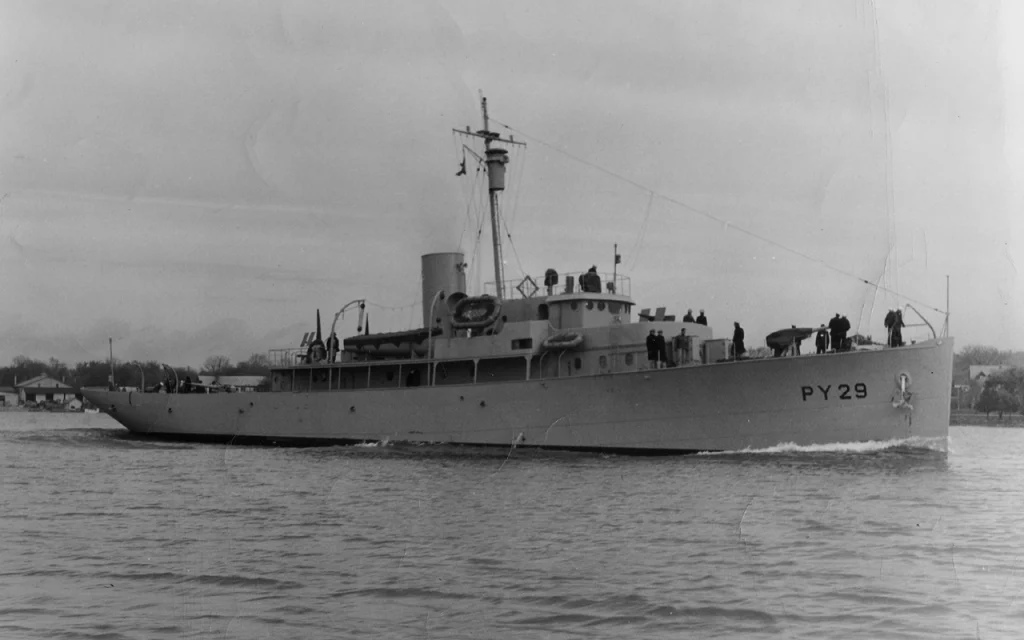
What Historical Features Can Still Be Identified on The Mizpah Wreck
- Hull Structure: The Mizpah’s hull remains a prominent feature of the wreck. Although much of the superstructure has collapsed, the outline of the hull is still visible, providing a sense of the ship’s original size and shape.
- Bow Section: The bow of the Mizpah is one of the few areas that allows for partial penetration. This section offers a glimpse into the ship’s past and is a focal point for divers exploring the wreck.
- Coral and Marine Life: While not a historical feature in the traditional sense, the rich marine life and encrusting corals that cover the wreck add to its historical narrative as an artificial reef. These elements illustrate the transformation from a luxury yacht to a vibrant underwater habitat.
- Proximity to Other Wrecks: The Mizpah is part of the Palm Beach Wreck Trek, which includes other shipwrecks like the PC-1174. The close proximity of these wrecks can sometimes make it challenging to distinguish between them, but it also highlights the historical context of the Mizpah as part of a larger artificial reef system.
What Safety Measures Are in Place for Divers Visiting The Mizpah
- Skill Level Requirements: The Mizpah is recommended for advanced divers due to its depth, which ranges from 63 to 90 feet, and the presence of strong currents typical of the area.
- Currents and Drift Diving: The Gulf Stream can create variable currents over the wreck, ranging from mild to robust flows. Local dive charters practice “live boating,” where divers are dropped up-current and allowed to drift into the wreck as they descend. This technique helps manage the currents and ensures divers reach the wreck safely.
- Wreck Penetration: Due to the collapse of the upper deck, penetration of the Mizpah is not recommended. Divers are advised to avoid entering the wreck to prevent entanglement or injury from sharp, rusted edges.
- Equipment and Training: Divers are encouraged to use specialized equipment such as alternate air sources and wreck reels. Proper training in wreck diving techniques is crucial to handle potential hazards like entanglement and low visibility.
- Environmental and Marine Life Awareness: Divers should be cautious of sharp encrustations and marine life that might pose risks, such as fire coral. Wearing gloves and exposure suits can help prevent injuries.
Dive Shops That Prove Diving Trips to This Shipwreck
- Kyalami Scuba Club: This dive shop is located in West Palm Beach and offers trips to various local dive sites, including the Mizpah. They provide information on the area’s famous wrecks and the marine life that can be encountered during dives.
- Palm Beach County Diving Association: This association provides information about diving in Palm Beach County and offers access to multiple wrecks, including the Mizpah. They highlight the unique experience of diving in the area and the proximity of several wrecks that can be explored in a single dive.
North Florida Wrecks
- USS Oriskany
- USS Massachusetts
- SS Tarpon
- SS Gulf America
- Empire Mica
- USS Chippewa
- Avocet
- Black Bart
- The Vamar
- San Pablo
- USS Narcissus
- The Loftus Wreck
- The Dorothy Louise
- The Mizpah
- MV Janet
- The Eidsvag
- YDT-14 and YDT-15
- USS Strength
- Miss Louise
- The Lulu
- PC-1174
- Three Coal Barges
- USS Accokeek (ATA-181)
- El Dorado
- The Grey Ghost
- The Pete Tide II
- Red Sea Tug


